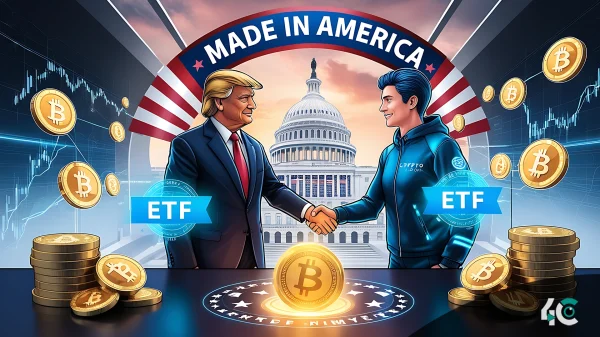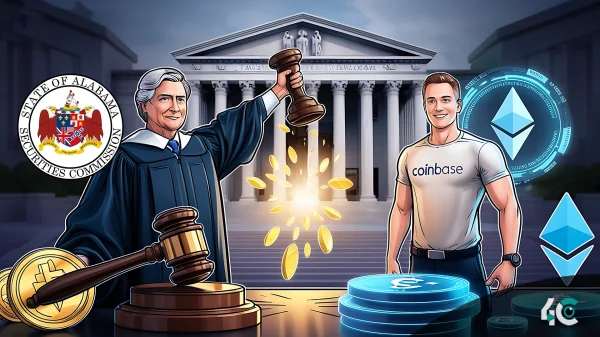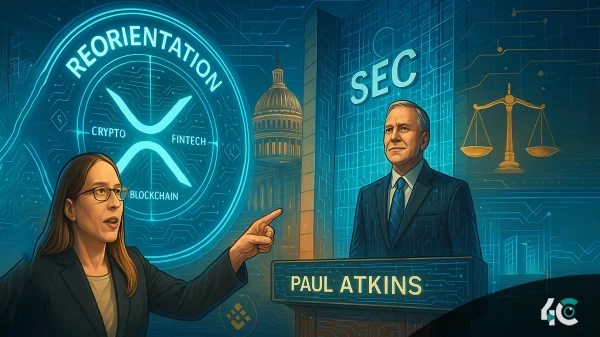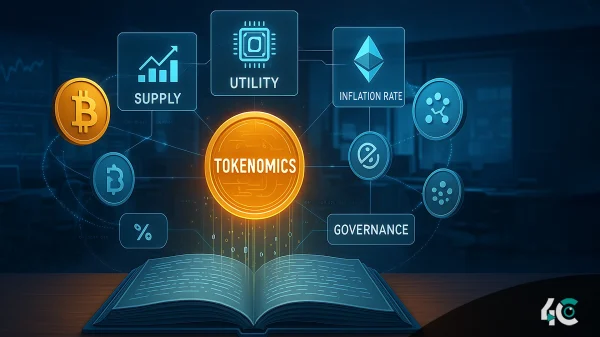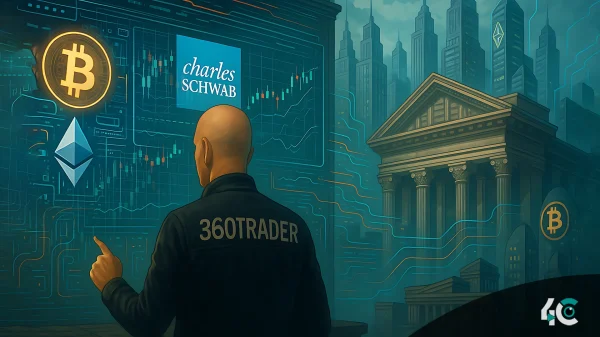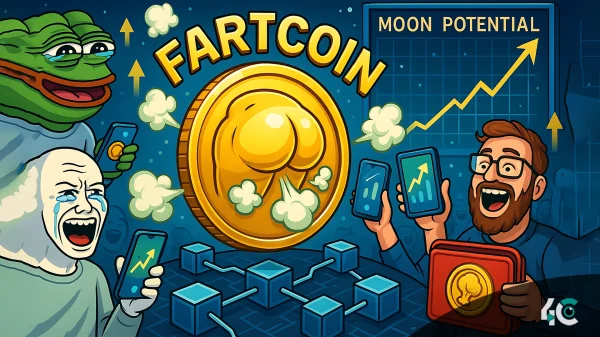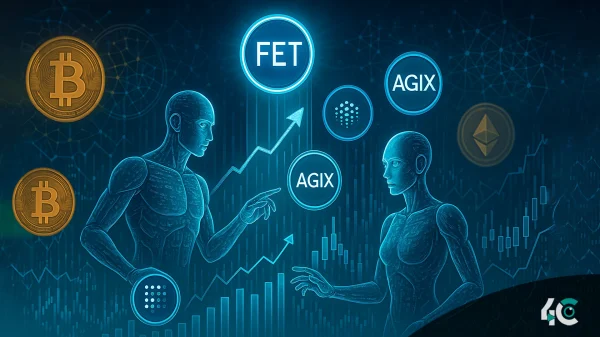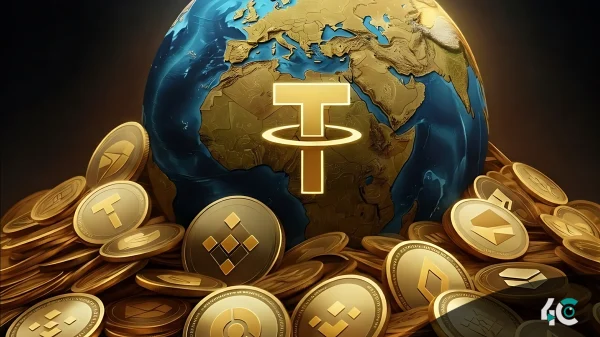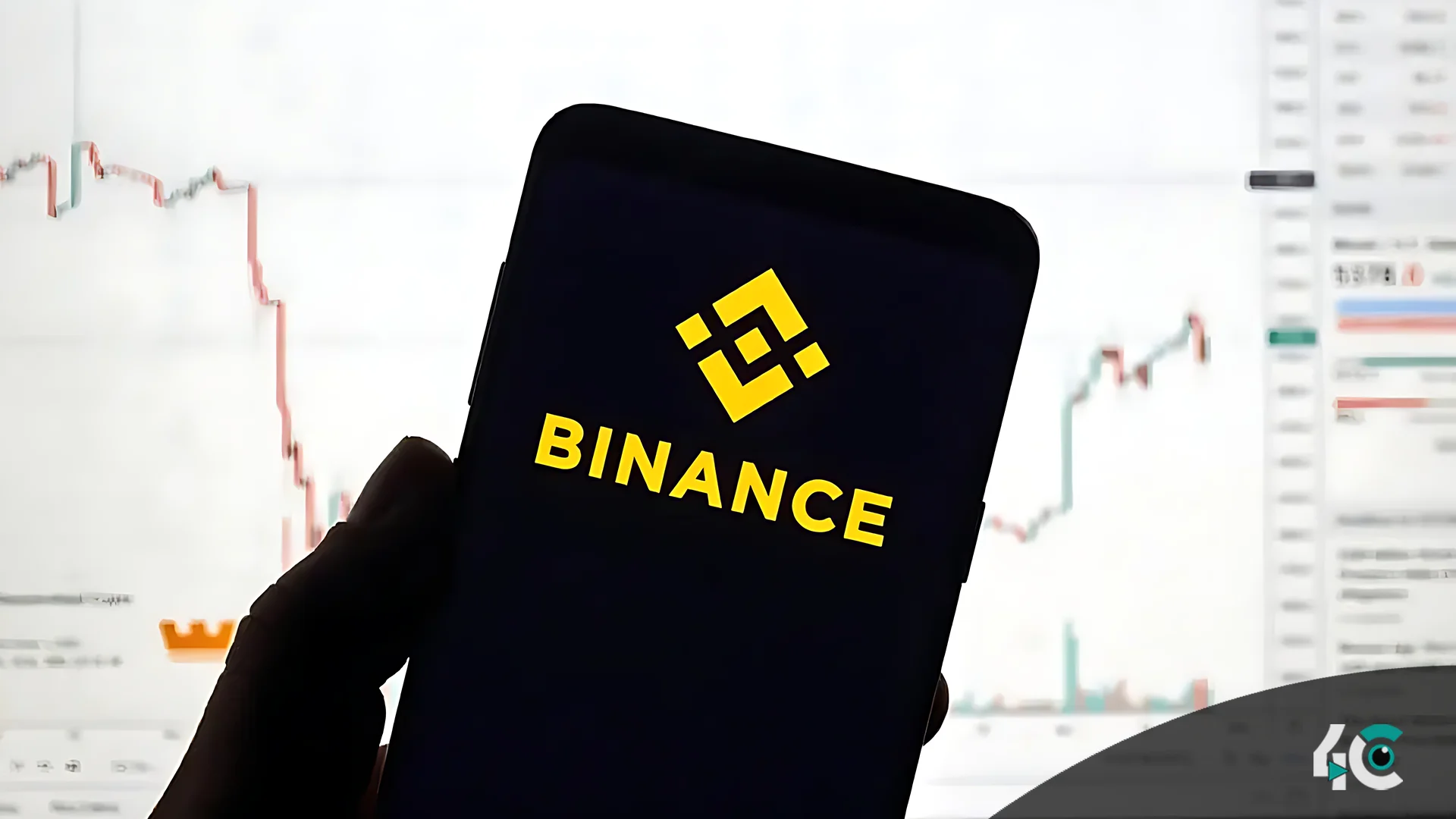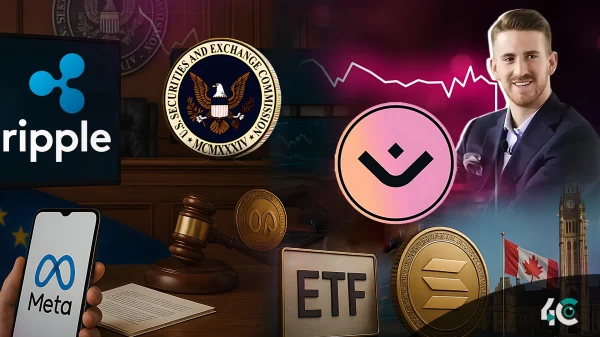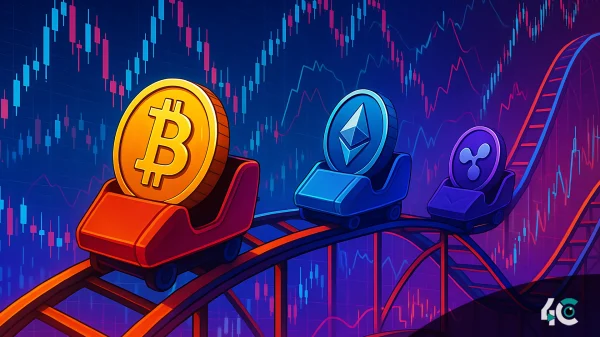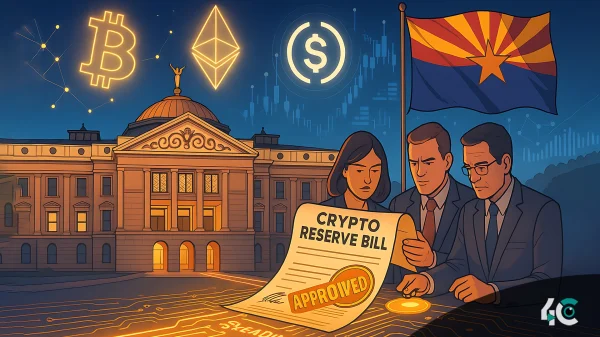The growth and fall of the Test (TST) token have raised concerns about Binance’s token listing regulations. TST, which was originally designed as a lesson example for the BNB Smart Chain, unexpectedly rose in value, reaching a market capitalization of $500 million before plummeting dramatically. The episode has intensified criticism of Binance’s listing approach, as well as concerns about market manipulation.
Key Considerations for Binance’s Token Listing
Binance’s co-founder recently discussed the major variables influencing token placements on the platform. The most important criterion is a token’s ROI, which is calculated by comparing its first-day average price to its quarterly performance on other controlled exchanges (CEXs). The second important criterion is a project’s capacity to introduce new consumers to blockchain technology while also driving industry innovation. The final benchmark takes into account a token’s entire market traction, including its performance on key exchanges and the demand it generates among investors.
The co-founder underlined that these rules assist Binance in evaluating a wide range of tokens, including high-profile venture capital (VC)-backed companies, potential long-term ventures, and even meme currencies that generate significant buzz. He admitted that failing to launch popular tokens with high market demand could result in Binance losing market share to competitors.
Addressing insider trading and compliance
To address concerns about insider trading, Binance has developed strong internal standards to avoid misbehavior. The organization has launched over 120 investigations, resulting in the firing of 60 employees for infractions. However, the majority of breaches involved unethical behavior like accepting bribes or squandering corporate assets, not insider trading.
To ensure compliance, Binance has implemented rigorous trading restrictions on its workers and has taken legal action against those found to have violated internal policies. The company remains committed to openness and regulatory compliance in order to protect investors and retain its industry credibility.
Challenges in the Token Listing Process
Changpeng Zhao (CZ), the former CEO of Binance, has admitted problems in the company’s token listing procedure. He emphasized that the short time between listing announcements and token releases presents arbitrage opportunities for decentralized exchange (DEX) traders, who frequently buy tokens before they appear on Binance and then sell them for a profit once listed. This behavior generates strong selling pressure and price volatility for freshly listed tokens.
CZ advised that Binance pursue automation to improve its listing process, bringing it closer to the automated methods utilized by DEXs. He argues that a more methodical approach would reduce market inefficiencies and manipulation concerns. However, he acknowledged that finding the best answer remains a difficulty.
The Rise of Meme Coins: Market Speculation
The TST token incident has rekindled debate over the growing popularity of meme coins in the cryptocurrency space. CZ stated that regulatory issues regarding utility tokens have prompted many initiatives to shift to meme-based assets, which frequently face fewer legal challenges. Furthermore, meme coins entice traders due to their price volatility and powerful community-driven moves.
Despite his acknowledgment of their market influence, CZ clarified that he has never personally invested in meme coins. He compared his stance on meme tokens to his views on sports cars, art, and NFTs—while he does not oppose them, he does not actively participate in their markets. He also warned investors about the risks associated with speculative assets, urging them to conduct thorough research before making investment decisions.
Conclusion
The controversy surrounding Binance’s listing of TST has exposed underlying issues in the token approval process, raising questions about market fairness and investor protection. While Binance continues to refine its listing criteria and compliance measures, the debate over the role of centralized exchanges in token valuation remains ongoing. As the cryptocurrency industry evolves, exchanges will need to strike a balance between innovation, security, and regulatory compliance to maintain investor trust.


